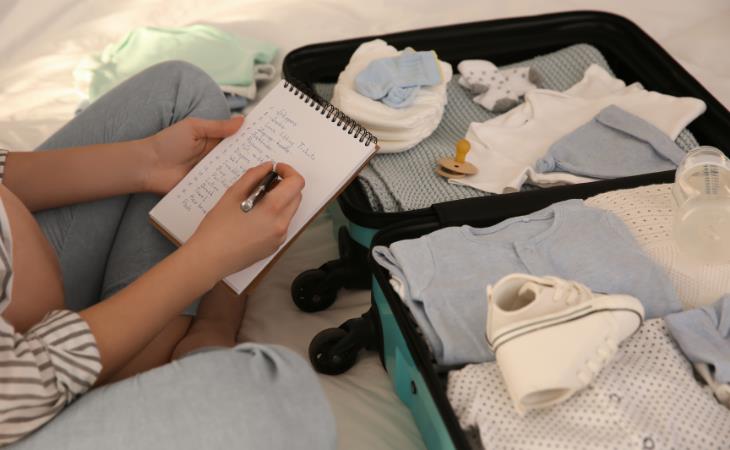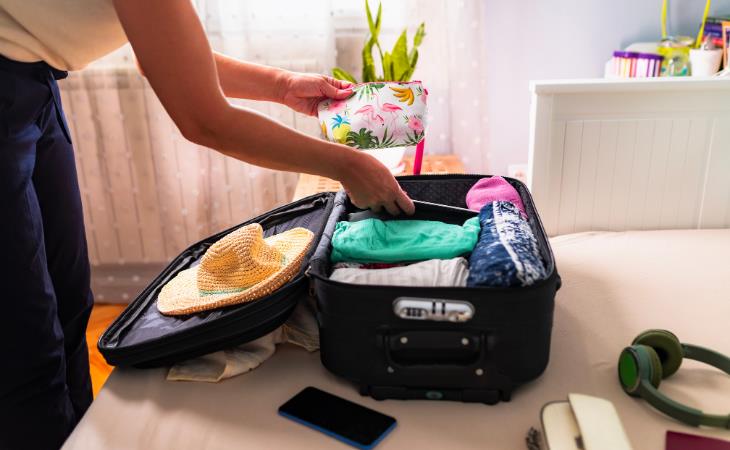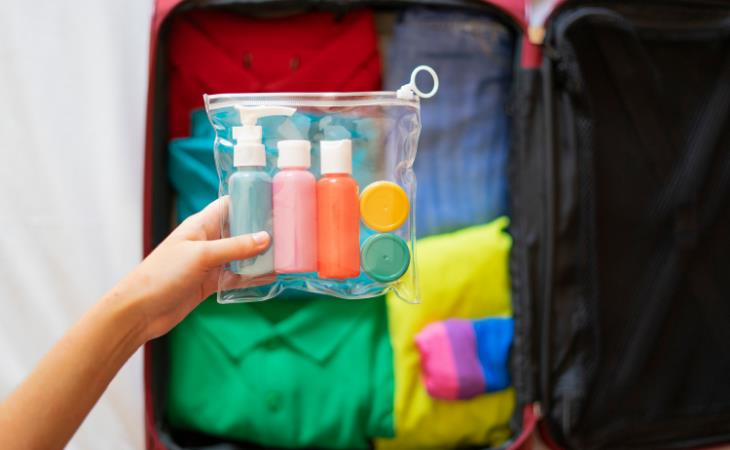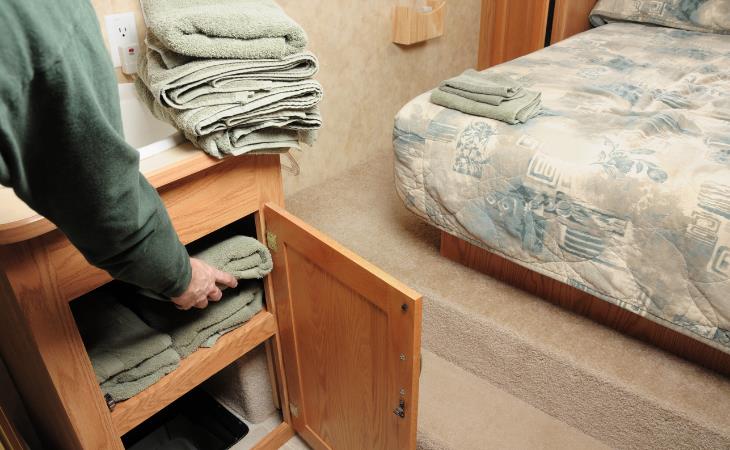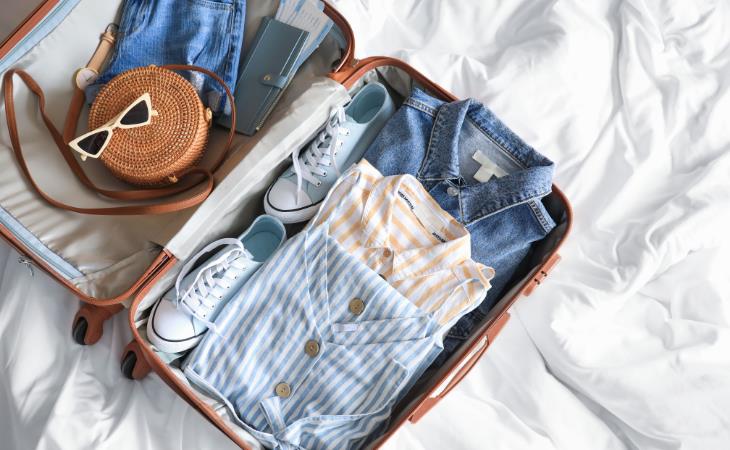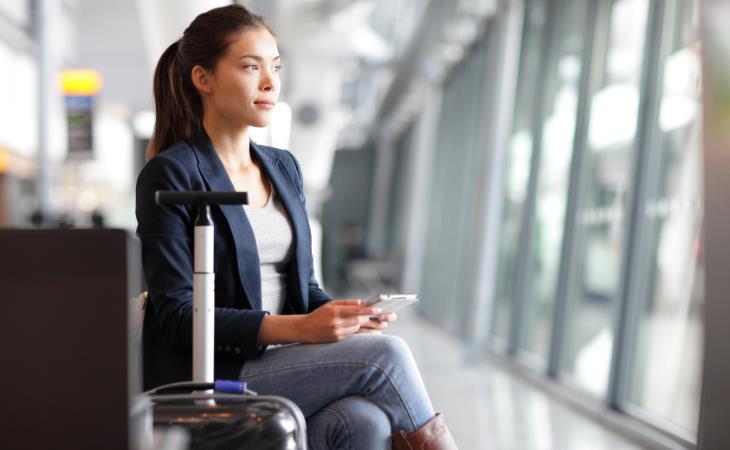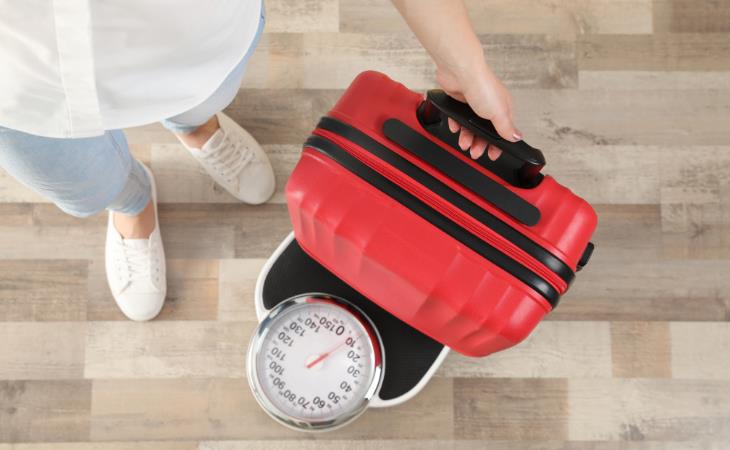Before packing, do a comprehensive review of the items you are planning to carry. Even with detailed itineraries and packing lists, unwanted items can infiltrate luggage. To prevent overpacking, lay out all intended items for inspection. Heavy items should be replaced with lighter alternatives. Furthermore, selecting versatile clothing items in a limited color palette can greatly reduce packing volume while maintaining wardrobe options.
2. Use the 5 4 3 2 1 packing method
Packing for a trip can often lead to overpacking. The 5-4-3-2-1 packing method offers a structured approach to minimizing luggage. This method suggests packing five tops, four bottoms, three accessories, two pairs of shoes, and one swimsuit for a typical one-week vacation.
However, this formula can be adapted to suit different travel plans. For example, replacing the swimsuit with a jacket or sweater can accommodate varying weather conditions. The key is to create a versatile capsule wardrobe that allows for multiple outfit combinations. Using these guidelines and choosing a color scheme, travelers can pack efficiently for their trip while ensuring they have everything they need.
3. Use a smaller bag
The type of luggage you choose greatly impacts your packing experience. While hard-shell suitcases are popular, they often weigh more than fabric bags. Contrary to popular belief, soft-sided bags can accommodate a larger variety of items due to their flexibility. Despite claims of durability, hard-shell cases are susceptible to damage. Fabric suitcases offer both weight and protection advantages. Additionally, limiting luggage to carry-on size prevents overpacking.
4. Don’t pack toiletries
When packing for a trip, toiletries are commonly seen as essential items. However, many of these products can be easily purchased at your destination. Before packing, you can also check if your accommodation provides items like hairdryers or sunscreen. To save space and weight, avoid packing heavy items like shampoo or hairspray. While not essential, a toothbrush can be packed in a zip-lock bag to minimize its space usage.
5. Avoid carrying your towels
To enhance packing space, you can omit towels from your luggage. Towels are bulky and become heavier when wet, consuming valuable room. Most hotels, motels, and hostels provide towels for guests, either for purchase, rental, or complimentary use. If towels are unavailable for some reason, buy a cheap one at your final destination to avoid carrying them unnecessarily.
6. Buy packing cubes
Packing cubes have become essential travel companions for many. These organizers are incredibly helpful for maximizing luggage space and maintaining order within your suitcase. By categorizing clothing items into different cubes, such as pajamas, beachwear, and formal attire, you can easily assess your packing choices and eliminate unnecessary items.
Packing cubes are available in two main styles: standard and compression. Standard cubes keep belongings contained, while compression cubes use zippers to reduce volume.
7. Pack light, versatile fabrics
Consider the fabric composition of your clothing when packing for a trip. Going for versatile pieces that can be layered for different temperatures can significantly reduce luggage weight. Lightweight fabrics like merino wool are particularly beneficial due to their ability to regulate body temperature, keeping you cool in warm weather and warm in cold conditions.
8. Pack multi-functional clothing
When selecting a travel wardrobe, focus on versatility and practicality. Choose clothing items that can be mixed and matched to create different looks, suitable for both casual and formal occasions. Your itinerary will considerably influence your clothing choices. If you plan to attend formal events or visit religious sites, pack accordingly. However, you should prioritize comfort and versatility if your trip involves relaxation and outdoor activities. Remember, repeating outfits is often unnoticeable when traveling. Wear clothes that can do double duty, like swim trunks that can be used as shorts.
9. Bring multipurpose footwear
Footwear is often an overlooked culprit in luggage weight. To pack light, make sure you carry only versatile shoes. Two pairs should suffice: one for workouts and another for general wear. Consider hiking boots for trips involving outdoor activities, as they can also be worn casually. Alternatively, flip-flops offer a lightweight option for beach and everyday use.
10. Wear your bulky items at the airport
Bulky items like boots, jackets, and jeans often consume excessive luggage space. Rather than packing these items, you can wear them during the journey itself. While this might seem unconventional, it's a practical solution. Given the often cool temperatures found in airports and airplanes, wearing these items can also be comfortable. The benefits of this approach are that it optimizes luggage space and ensures comfort during travel.
11. Weigh your bags before you leave
To successfully pack light, accurately determining your luggage weight is also important. We highly recommend getting a home luggage scale, which can be bought online for a few bucks. Weighing your bags before going to the airport helps avoid unexpected problems with weight limits. It's surprising how quickly the weight can add up when packing. Travelers can avoid the hassle of repacking or checking bags at the airport if they adhere to the carry-on weight limit.

